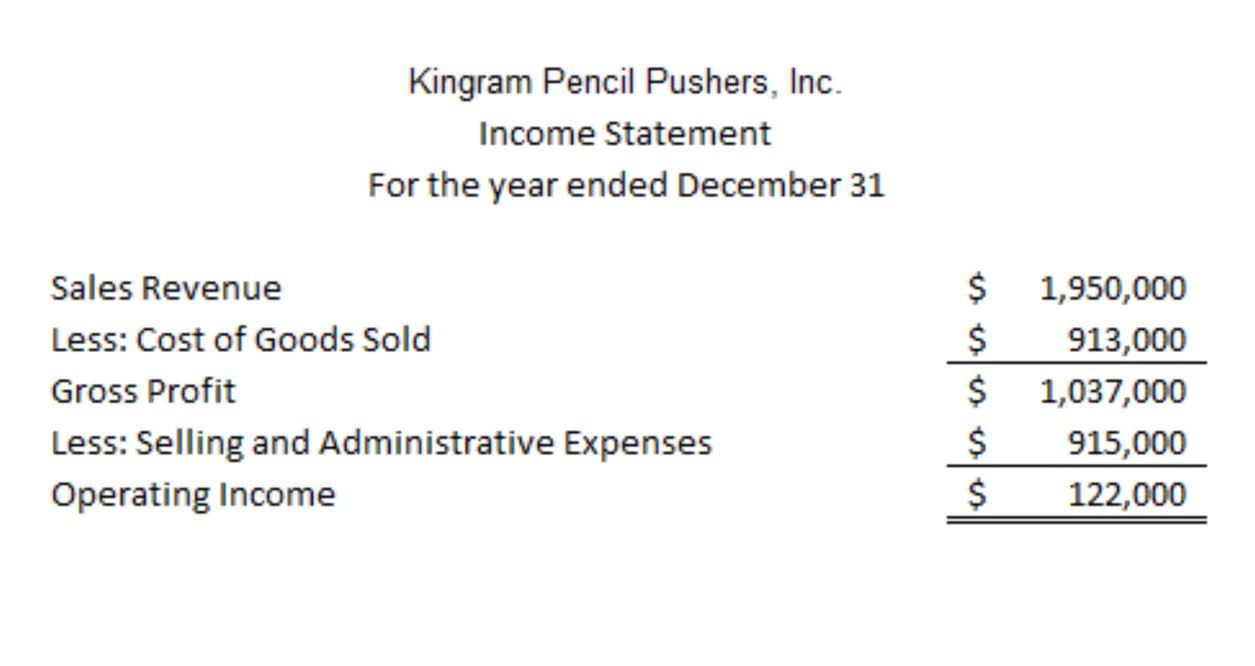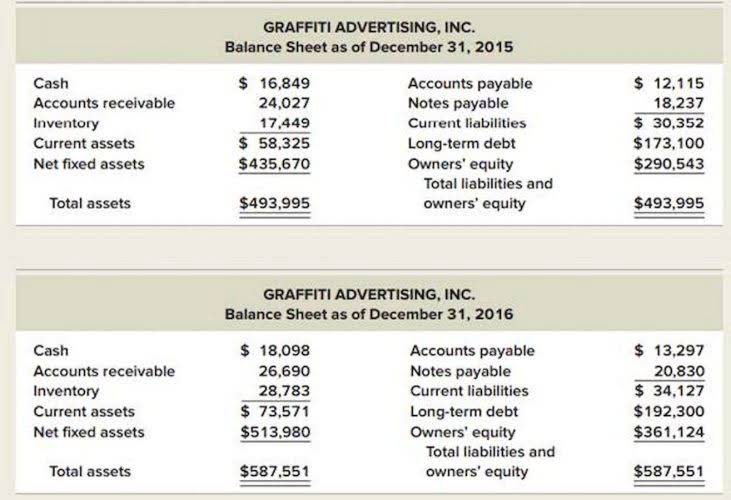
The April 6 transaction removes the accounts receivable from your balance sheet and records the cash payment. You receive the cash in April but correctly recorded the revenue in March. Accounts Receivable can have a significant impact on a company’s cash flow because it represents money owed but not yet received. Accounts Receivable is considered an asset because it represents money owed to the company by its customers for goods or services that have been sold but not yet paid for. When you look at a Balance Sheet, you’ll find Accounts Receivable listed under the current assets section.
- Along with the cash flow statement, they comprise the core of financial reporting.
- Your general ledger will show your total accounts receivable balance, but to dig into outstanding payments by individual customers, you’ll usually need to refer to the accounts receivable subsidiary ledger.
- This is different from the last journal entry, where bad debt was estimated at $58,097.
- The allowance for doubtful accounts is a contra asset account and is subtracted from Accounts Receivable to determine the Net Realizable Value of the Accounts Receivable account on the balance sheet.
- The balance sheet method is another simple method for calculating bad debt, but it too does not consider how long a debt has been outstanding and the role that plays in debt recovery.
- Understanding the A/R matters in finding out a company’s overall health.
Learn More About the Financial Statements
You are considering switching to the balance sheet aging of receivables method. This would split accounts receivable into three past- due categories and assign which accounts are found on an income statement a percentage to each group. By its nature, using A/R delays cash payments from customers, which will negatively affect cash flow in the short term.
What if they don’t pay?
Usually, bad debts are prevalent for companies that provide credit sales. Accounts receivable is crucial in reporting a company’s assets under the accrual concept. Usually, it goes against the cash method for accounting which only recognizes cash transactions. Since companies must account for transactions as they occur, they must create accounts receivable balances.
Long-term Liabilities
To see how you’re doing, compare your turnover ratio to other businesses in your industry. Bad debt can also result from a customer going bankrupt and being https://www.bookstime.com/ financially incapable of paying back their debts. When it’s clear that an account receivable won’t get paid, we have to write it off as a bad debt expense.
Investors and lenders use it to determine creditworthiness and availability of assets for collateral. The accountants track expenses related directly to game development, plus other expenses they need to keep their business running. Once they’ve listed their total revenue, the accountants at Steam need to list their total expenses. Using the same assumptions as the prior section, the journal entry to reflect the purchase made on credit is as follows. However, the manufacturer is a long-time customer with an agreement that provides them with 60 days to pay post-receipt of the invoice.
Days Sales Outstanding Calculation (DSO)

Accounts receivable can be found on both the balance sheet and income statement, with each providing unique insights into different aspects of the company’s financial health. Cash in the current year is $110,000 and total assets equal $250,000, giving a common-size percentage of 44%. If the company had an expected cash balance of 40% of total assets, they would be exceeding expectations.

What is Accounts Receivable Collection Period? (Definition, Formula, and Example)
Operating activities are those involved in the day-to-day running of the business. Accounts used for operating activities include all those on the income statement as well as current assets and current liabilities on the balance sheet. (Current assets and liabilities are those that are expected to be converted to cash within one year.) Most of a business’ transactions are operating activities. The balance sheet method (also known as the percentage of accounts receivable method) estimates bad debt expenses based on the balance in accounts receivable.

